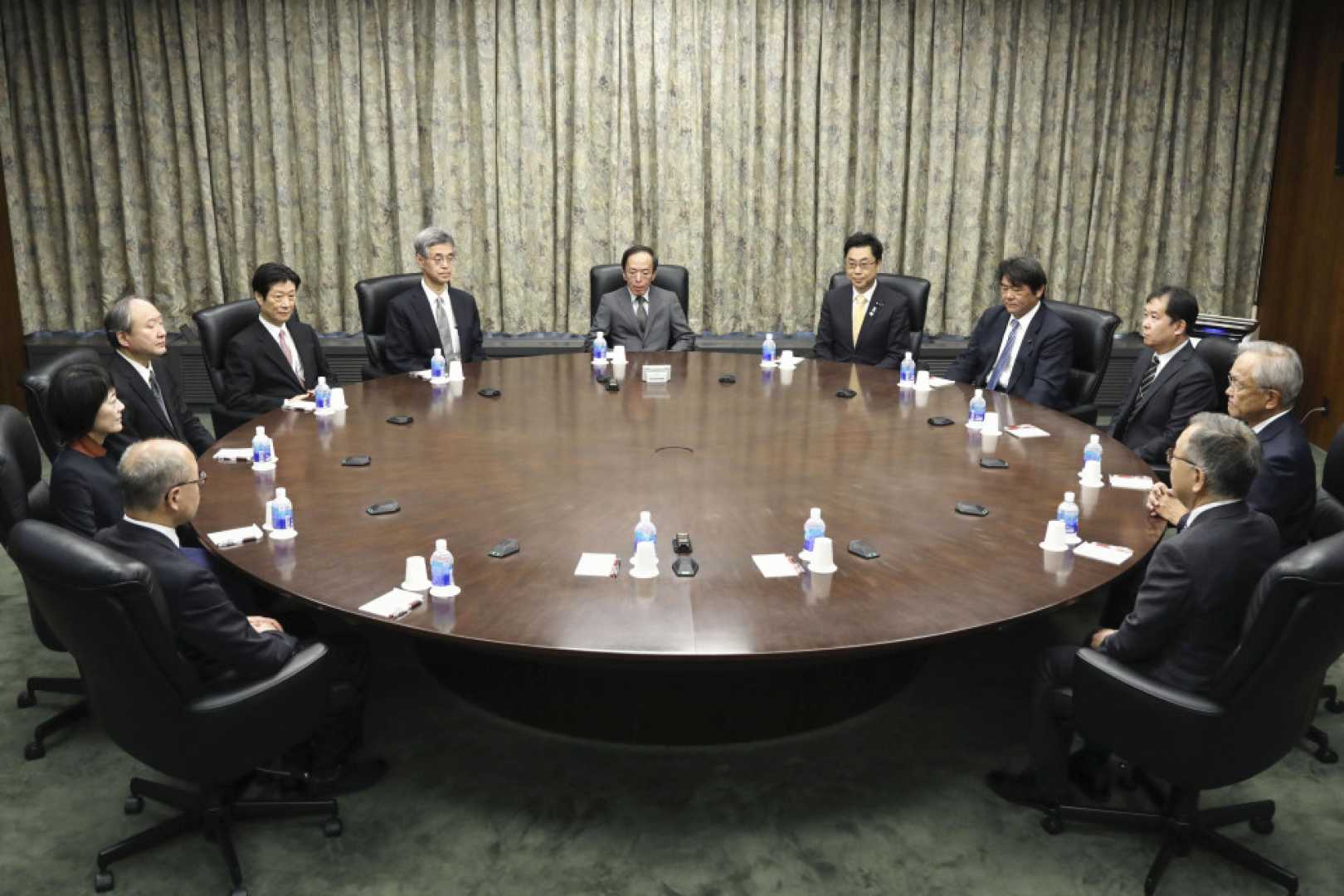Business
Bank of Japan Holds Rates Steady Amid Growing Economic Uncertainty

TOKYO, Japan — The Bank of Japan (BOJ) decided to keep its interest rates steady on June 17, 2025, amidst rising economic uncertainties. The central bank will also slow the pace of its balance sheet reduction next year.
This decision comes as ongoing conflicts in the Middle East and U.S. tariffs complicate the BOJ’s efforts in managing Japan’s economy. BOJ Governor Kazuo Ueda addressed these concerns during a press briefing, noting, “For the time being, there is extremely high uncertainty over each country’s trade policy.” He added that these issues present significant downside risks for Japan’s economy and prices.
The BOJ maintained the short-term interest rate at 0.5% after a unanimous vote at its two-day policy meeting. Furthermore, the bank will continue its existing bond tapering plan, reducing government bond purchases by 400 billion yen, or roughly $2.76 billion, quarterly, leading to a monthly buying rate of around 3 trillion yen by March 2026.
In a notable development, the BOJ plans to halve the quarterly bond purchase reduction amount in fiscal 2026 and will aim for monthly purchases to reach about 2 trillion yen by March 2027. Board member Naoki Tamura, however, opposed this decision, advocating for the original 400 billion yen reduction to remain in place.
Saisuke Sakai, a senior economist at Mizuho Research & Technologies, stated, “Today’s decision is market friendly. Slowing the pace of tapering would work to keep long-term rates from rising too much.” Following the announcement, Japanese government bond yields rose, with the benchmark 10-year yield briefly hitting 1.485%, the highest since June 4.
The BOJ indicated that it will conduct an interim review of the fiscal 2026 taper program at its meeting in June next year. Ueda emphasized the bank’s readiness to respond if long-term interest rates rise rapidly, stating they would increase bond purchases if necessary.
Japan’s inflation reached a two-year high of 3.5% in April, driven by surging food prices, significantly above the BOJ’s target of 2%. Analysts suggest this persistent inflation pressure highlights the need for policy normalization. Khoon Goh of ANZ commented, “A weak yen is definitely one of the causes for the upward pressure on inflation.”
In light of these dynamics, the BOJ continues to navigate a complex landscape shaped by international trade tensions and domestic economic pressures.












